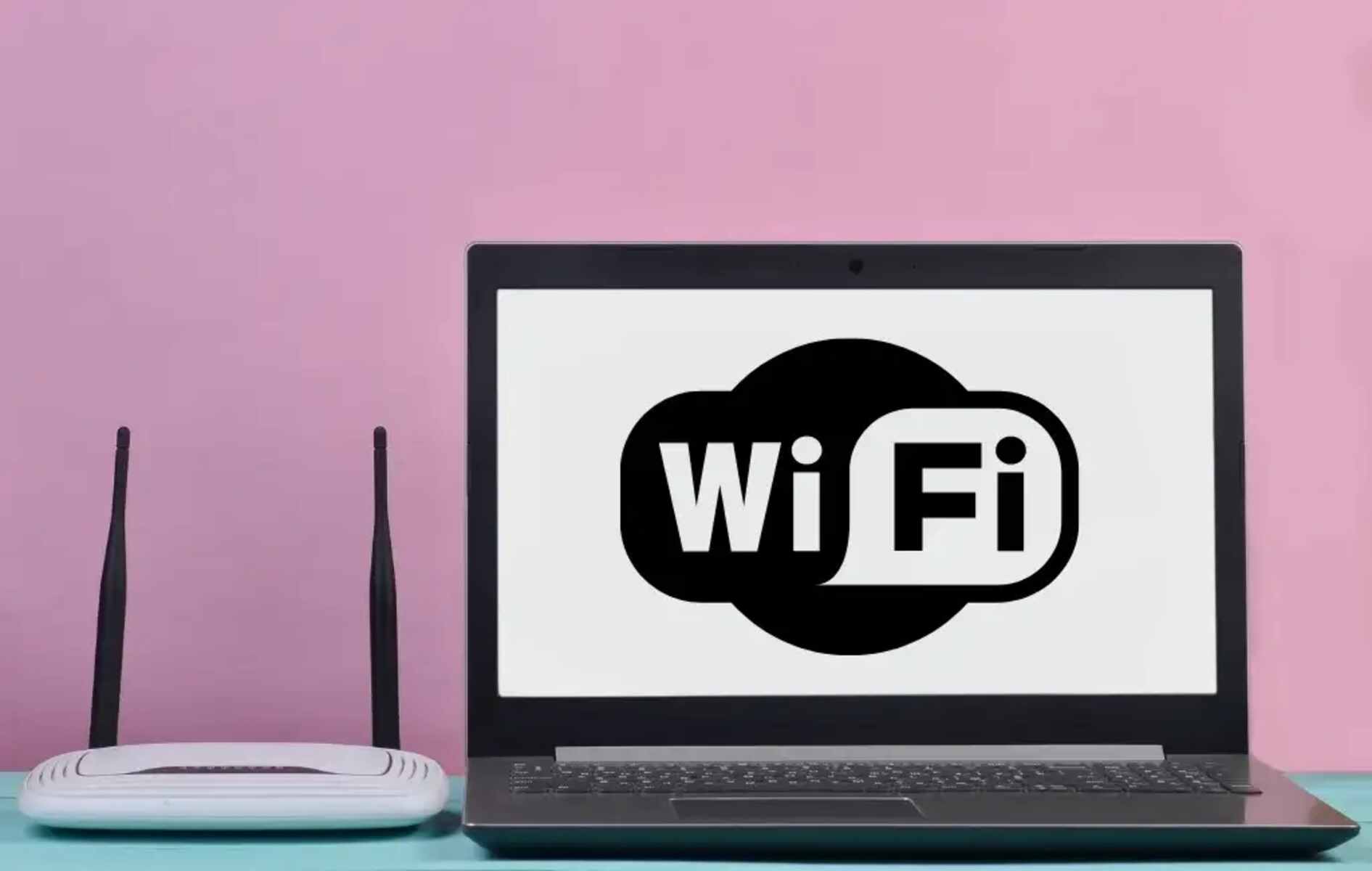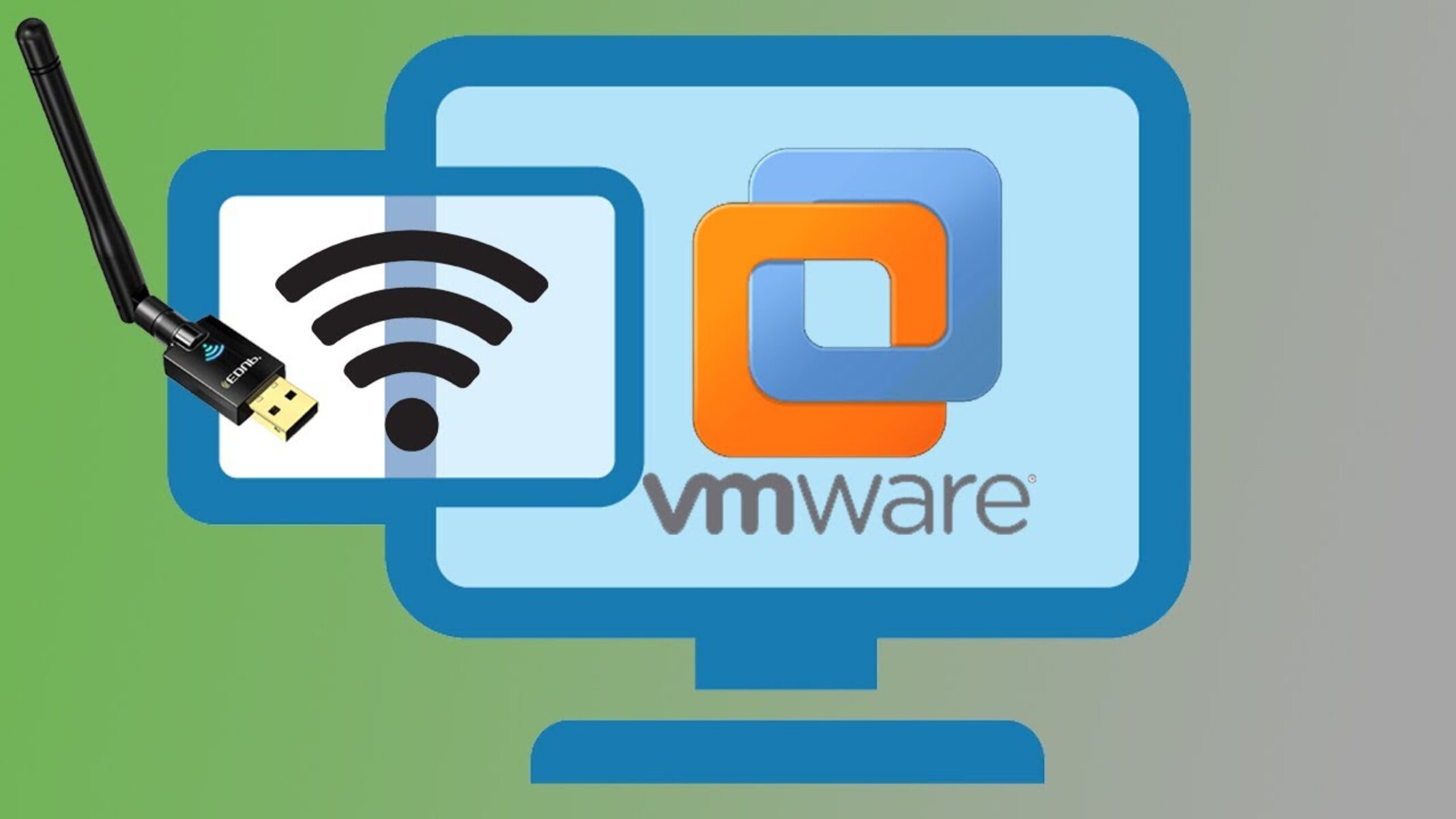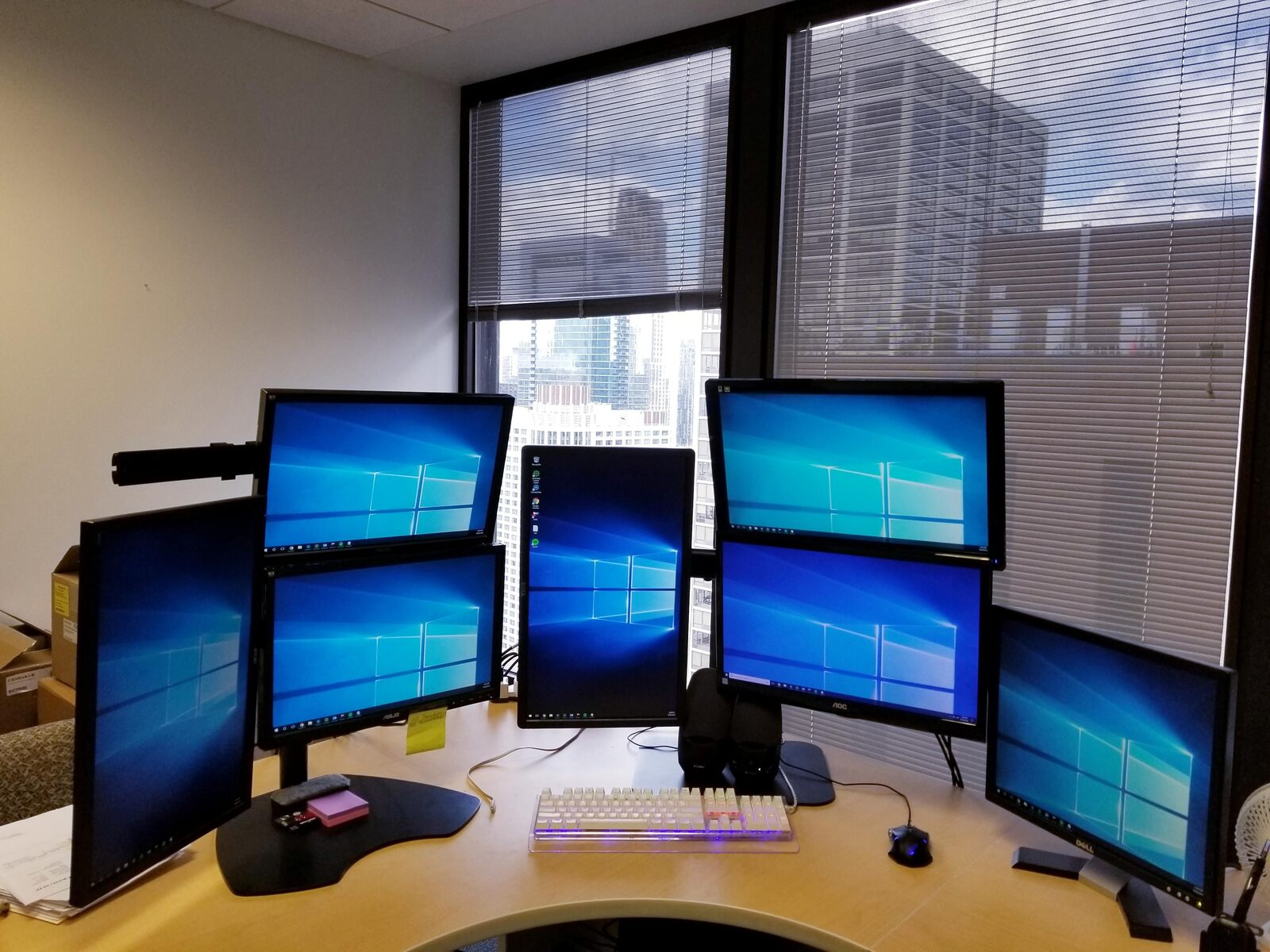Introduction
Welcome to the world of VMware Workstation, a powerful virtualization software that allows you to create and manage virtual machines on your computer. In this guide, we will explore how to get wireless internet connectivity on VMware Workstation, enabling you to connect your virtual machines to the internet wirelessly and enjoy seamless browsing, downloading, and networking capabilities.
Virtual machines created in VMware Workstation operate within a virtual environment, separate from your host machine. By default, these virtual machines are connected to your host’s physical network through a bridged or NAT network adapter. However, when it comes to wireless connectivity specifically, additional configuration is required to enable internet access.
Whether you are running VMware Workstation on a Windows, Mac, or Linux host machine, we will cover the necessary steps to enable wireless internet connectivity within your virtual machines. Keep in mind that certain requirements, such as having a wireless network card on your host machine and appropriate wireless drivers within the virtual machine, are necessary for successful implementation.
By enabling wireless connectivity on VMware Workstation, you open up a world of possibilities. You can simulate wireless network environments, test wireless applications, or simply enjoy the convenience of wireless internet on your virtual machines. So, let’s dive into the process of setting up wireless internet on VMware Workstation and unleash the full potential of your virtual machine.
Setting up VMware Workstation
Prior to configuring wireless internet on VMware Workstation, it is important to ensure that you have the software installed and set up on your host machine. Here are the steps to set up VMware Workstation:
- Download and install VMware Workstation from the official website.
- Launch VMware Workstation and follow the on-screen instructions to complete the installation process.
- Once installed, open VMware Workstation and you will be greeted with the welcome screen. Click on “Create a New Virtual Machine” to begin the setup process.
- Choose the installation method for your virtual machine. You can select to install an operating system from a DVD or an ISO image file.
- Configure the virtual machine settings, such as the amount of memory, number of processors, and hard disk size.
- Select the network connection option for your virtual machine. By default, it is set to “Bridged,” which allows the virtual machine to connect to the host network. However, for wireless internet connectivity, we will need to make additional changes later on.
- Proceed with the rest of the virtual machine setup process, including the installation of the guest operating system.
- Once the virtual machine is set up, power it on and ensure that it is running smoothly.
Now that VMware Workstation is set up on your host machine, we can move on to the next steps of enabling wireless network connectivity.
Enabling Wireless Network on the Host Machine
In order to provide wireless internet connectivity to your virtual machine in VMware Workstation, you need to ensure that your host machine is equipped with a wireless network card and that it is enabled. Here’s how you can enable wireless network on the host machine:
- Check if your host machine has a wireless network card installed. Most modern laptops and desktops come with built-in wireless capabilities.
- If you are using a laptop, make sure the physical wireless switch or button is turned on. This varies depending on the manufacturer and model of your device.
- If your host machine does not have a physical wireless switch, check your system settings or Control Panel for an option to enable wireless network connectivity. On Windows, you can do this by going to “Network and Internet Settings” and ensuring that Wi-Fi is turned on.
- Once wireless network connectivity is enabled on your host machine, make sure you are connected to a working wireless network. Check that you can browse the internet and access other network resources.
By ensuring that your host machine is connected to a wireless network, you are now ready to configure the virtual network adapter in VMware Workstation for wireless internet connectivity in your virtual machine. Let’s move on to the next step.
Configuring Virtual Network Adapter in VMware Workstation
Now that your host machine is connected to a wireless network, it’s time to configure the virtual network adapter in VMware Workstation to enable wireless internet connectivity for your virtual machine. Follow these steps:
- Make sure your virtual machine is powered off.
- In VMware Workstation, go to the VM menu and select “Settings” for the virtual machine you want to configure.
- In the Virtual Machine Settings window, select the “Network Adapter” option.
- By default, the network connection is set to “Bridged.” Change the network connection to “Custom: Specific virtual network” from the dropdown menu.
- Click on the “Configure Adapters” button to open the Virtual Network Editor.
- In the Virtual Network Editor, select the VMnet adapter that you want to use for wireless connectivity. It should be labeled as “Bridged” in the Type column.
- Click on the “Bridged To” dropdown menu and select the wireless network adapter from your host machine that is connected to the wireless network.
- Click on the “Apply” button to save the changes and close the Virtual Network Editor.
- Back in the Virtual Machine Settings window, click on the “OK” button to apply the network adapter configuration.
- Power on your virtual machine, and it should now have access to the wireless network as if it were a physical machine.
With the virtual network adapter configured for wireless connectivity, your virtual machine is now ready to connect to the wireless network and access the internet. In the next section, we will cover the steps to install and configure wireless drivers within the virtual machine to fully enable wireless network connectivity.
Installing and Configuring Wireless Drivers in the Virtual Machine
In order for your virtual machine to connect to the wireless network, you need to install and configure the appropriate wireless drivers within the virtual machine. Here is how you can do it:
- Power on your virtual machine and ensure it is running.
- Within the virtual machine, open a web browser and navigate to the official website of the operating system’s manufacturer.
- Look for the section or page dedicated to downloads or drivers for your specific model or version of the operating system.
- Download the wireless drivers compatible with your virtual machine’s operating system version and architecture. Ensure that you select the drivers that match your virtual machine’s operating system, such as Windows, macOS, or Linux.
- Once the drivers are downloaded, install them within the virtual machine just like you would on a physical machine. Follow any on-screen prompts to complete the installation process.
- After the drivers are installed, open the network settings in the virtual machine’s operating system. This may be located in the Control Panel or System Preferences.
- Look for the wireless network connection option and ensure that it is enabled.
- If prompted, enter the security credentials for the wireless network, such as the network name (SSID) and password.
- Save the network settings and close the configuration window.
By installing and configuring the wireless drivers within the virtual machine, you have successfully enabled wireless network connectivity. Your virtual machine can now connect to the wireless network and enjoy all the benefits of wireless internet access.
Note: In some cases, the virtual machine’s operating system may automatically detect and install the necessary wireless drivers. However, if this does not happen, you can manually download and install the drivers as outlined above.
Connecting to Wireless Network in the Virtual Machine
Now that you have installed and configured the wireless drivers in your virtual machine, it’s time to connect to the wireless network. Follow these steps:
- Power on your virtual machine if it is not already running.
- Within the virtual machine’s operating system, locate the network settings or Wi-Fi settings.
- Look for the list of available wireless networks and select the network you want to connect to.
- If prompted, enter the security credentials for the wireless network, such as the network name (SSID) and password.
- Once the correct credentials are entered, the virtual machine will attempt to connect to the wireless network.
- After a successful connection, you should see the wireless network icon in the taskbar or menu bar of the virtual machine’s operating system, indicating that it is connected to the network.
- Open a web browser or any network-dependent application within the virtual machine and verify that you have internet access.
Congratulations! Your virtual machine is now connected to a wireless network, allowing you to browse the internet, download files, and perform network tasks, just like you would on a physical machine.
It’s worth noting that the virtual machine’s internet speed and performance may vary depending on factors such as the host machine’s network connection, virtual machine settings, and the overall network bandwidth. If you experience any issues with network connectivity or speed, you can try adjusting the virtual machine’s network settings or consult the VMware Workstation documentation for further troubleshooting tips.
Now that your virtual machine is successfully connected to the wireless network, you can make use of various online resources, collaborate with others, or conduct network testing and development within the virtual environment.
Troubleshooting Common Issues
While setting up wireless internet on VMware Workstation is usually a straightforward process, you may encounter some common issues along the way. Here are a few troubleshooting tips to help you resolve them:
No Wireless Network Detected:
- Make sure that your host machine is connected to a wireless network and has a functioning wireless network card.
- Ensure that you have selected the correct virtual network adapter and configured it to use the wireless network adapter on the host machine.
- Check if the wireless drivers are installed and properly functioning within the virtual machine.
Unable to Connect to Wireless Network:
- Double-check that you have entered the correct security credentials, such as the network name (SSID) and password, when attempting to connect to the wireless network.
- Ensure that the wireless network is within range and that the virtual machine’s wireless network adapter is enabled.
- Try restarting the virtual machine and reconnecting to the wireless network.
Slow or Unstable Connection:
- Check the overall health of your host machine’s wireless network connection. If it is unstable or experiencing issues, it can affect the virtual machine’s connection as well.
- Consider adjusting the virtual machine’s network settings, such as increasing the allocated memory or processor resources, to improve network performance.
- Ensure that your virtual machine’s operating system and the wireless drivers are up to date.
If you encounter any other issues or require further assistance, be sure to consult the VMware Workstation documentation or seek support from the VMware community. They can provide specific guidance and troubleshooting steps based on your unique setup and circumstances.
By addressing these common issues and resolving any roadblocks that arise during the process, you can successfully enable wireless network connectivity in your virtual machine and enjoy seamless internet access.
Conclusion
Congratulations! You have successfully learned how to enable wireless internet connectivity in VMware Workstation for your virtual machines. By following the steps outlined in this guide, you can now connect your virtual machine to a wireless network, giving you the freedom to browse the internet, access network resources, and perform various tasks just like you would on a physical machine.
Starting with the installation and setup of VMware Workstation, we covered the necessary steps to configure the virtual network adapter in order to enable wireless connectivity. Additionally, we explored how to install and configure the required wireless drivers within the virtual machine, followed by connecting to the wireless network.
While the process is generally straightforward, it’s important to keep in mind that troubleshooting may be necessary in case of any issues. By following the troubleshooting tips provided, you can overcome common obstacles and ensure a smooth and stable wireless connection within your virtual machine.
Now that you have wireless internet access in VMware Workstation, you can explore a variety of possibilities such as testing wireless applications, simulating network environments, and enjoying the convenience of wireless connectivity within your virtual machines.
Remember to always refer to the VMware Workstation documentation or seek assistance from the VMware community or support if you encounter any specific issues or require further guidance. They can provide in-depth knowledge and solutions tailored to your unique setup.
Thank you for following this guide. Have an enjoyable and productive experience using wireless internet in VMware Workstation!

























